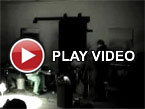 Back in 2008, Steve Roden quietly released one of my favorite ambient albums of all time in a signed limited edition of 250. Of course, I did not realize it at the time, so it took another decade or so before Stars of Ice finally made its way to my ears. Happily, however, Room40 has now reissued Roden's hauntingly beautiful collage of obscure and antique Christmas records, which will hopefully nudge many more receptive ears towards this modest, one-of-a-kind masterpiece. While I am sure I would have greatly enjoyed the original album if I had heard it when it was first released, it is worth noting that my appreciation for texture has evolved considerably over the years, so maybe Stars of Ice uncannily got to me at precisely the right time. In fact, I wonder how significant a role Roden himself has (indirectly) played in my shifting tastes, as he has always been ahead of his time in regard to celebrating details and nuances (as well as inventively repurposing "non-musical" sounds) and we seem to be in the midst of a textural renaissance at the moment. That said, most of Stars of Ice is as nakedly beautiful as music can get, so the quavering murkiness, crackling and popping vinyl, and pleasantly lapping waves of hiss are mere icing on an already gorgeous cake. This is an absolutely brilliant and magical album.
Back in 2008, Steve Roden quietly released one of my favorite ambient albums of all time in a signed limited edition of 250. Of course, I did not realize it at the time, so it took another decade or so before Stars of Ice finally made its way to my ears. Happily, however, Room40 has now reissued Roden's hauntingly beautiful collage of obscure and antique Christmas records, which will hopefully nudge many more receptive ears towards this modest, one-of-a-kind masterpiece. While I am sure I would have greatly enjoyed the original album if I had heard it when it was first released, it is worth noting that my appreciation for texture has evolved considerably over the years, so maybe Stars of Ice uncannily got to me at precisely the right time. In fact, I wonder how significant a role Roden himself has (indirectly) played in my shifting tastes, as he has always been ahead of his time in regard to celebrating details and nuances (as well as inventively repurposing "non-musical" sounds) and we seem to be in the midst of a textural renaissance at the moment. That said, most of Stars of Ice is as nakedly beautiful as music can get, so the quavering murkiness, crackling and popping vinyl, and pleasantly lapping waves of hiss are mere icing on an already gorgeous cake. This is an absolutely brilliant and magical album.
Room40/New Plastic Music
The album takes its name from a Chinese Christmas carol record that was one of the eclectic pair of pieces that Roden salvaged for his primarily sound sources. The other lucky winner was a song entitled "Snow" from a clearly hit-packed 78 entitled "Songs From the First Grade Reader." Unsurprisingly, I suspect both pieces would be nearly unrecognizable to their original composers in the wake of Roden's radical deconstructions, yet this is not one those albums where the character of the original pieces is completely obliterated into noisy abstraction, as Stars of Ice is an unusually melodic entry in the composer's oft-challenging oeuvre. There were apparently also "various other objects and instruments" involved as well, but they never manifest themselves in recognizable ways, as the heart of Stars of Ice is essentially just snatches of vocal melodies and a crackling and hissing backdrop of pleasantly warm and murky organ chords (or at least something that sounds like an organ after Roden was finished with it). For a while, the piece feels like it is just going to linger in suspended animation forever, which would be apt given the "enchanted snow globe/slowly dissolving into the grooves of a wobbly old record" atmosphere, yet new threads (clipped vocal melodies, plinking and shivering strings, a choir, and a colorful host of coos, mumbles, and warbles) soon appear and begin weaving together in interesting and lovely ways. For the piece's first half, the warm chords, bittersweet central melody, and the flickering and ghostly choral snippets conjure one of the most sustained stretches of sublime, pure beauty that I have yet heard. The piece never stops glacially and subtly transforming, however, so that section is just one particularly exquisite phase of an immersive and hallucinatory journey towards a final stretch that approximates a haunted music box haltingly playing a fragmented, wrong speed recording of a rural Chinese or Eastern European traditional music ensemble. Admittedly, I likely would have been perfectly happy if Roden had just lingered in the most beautiful stretch forever, but the subtly intensifying shadows and sense of mystery that follow are what elevate Stars of Ice to something deeper and more complex than merely a masterfully executed collage of lovely sounds. In that regard, the album is characteristically stellar sound art, but Roden's larger achievement is how masterfully he managed to convey ineffable feelings of beauty, sadness, and longing from just a couple of children’s records that no one has presumably thought about in half a century.  
Samples can be found here.
Two new shows just for you. We have squeezed out two extended release episodes for this weekend to get you through this week. They contain mostly new songs but there's also new issues from the vaults. The first show features music from Rider/Horse, Mint Field, Robert Aiki Aubrey Lowe, Anastasia Coope, ISAN, Stone Music, La Securite, Bark Psychosis, Jon Rose, Master Wilburn Burchette, Umberto, Wand, Tim Koh, Sun An, and Memory Drawings. The second episode has music by Laibach, Melt-Banana, Chuck Johnson, X, K. Yoshimatsu, Dorothy Carter, Pavel Milyakov, Violence Gratuite, Mark Templeton, Dummy, Endon, body / negative, Midwife, Alberto Boccardi, Divine. Cow in Maui from Veronika in Vienna. Get involved: subscribe, review, rate, share with your friends, send images! |



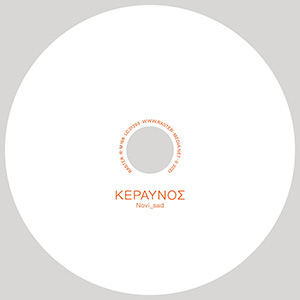 The title of the latest Novi_sad work roughly translates to lightning or thunder as related to Zeus and is a wonderfully fitting title for this album. Based on environmental sounds recorded on five different continents, Thanasis Kaproulias’s latest album is neither pure field recordings, nor is it the product of laborious processing and treatments. Instead it sits nestled somewhere between the two: some segments are clearly recordings of rainstorms or birds, but others are shaped into blasts of noise or melody, sometimes within the span of a few minutes, conjuring beauty and fear much in the way a thunderstorm does.
The title of the latest Novi_sad work roughly translates to lightning or thunder as related to Zeus and is a wonderfully fitting title for this album. Based on environmental sounds recorded on five different continents, Thanasis Kaproulias’s latest album is neither pure field recordings, nor is it the product of laborious processing and treatments. Instead it sits nestled somewhere between the two: some segments are clearly recordings of rainstorms or birds, but others are shaped into blasts of noise or melody, sometimes within the span of a few minutes, conjuring beauty and fear much in the way a thunderstorm does. Initially intended to be a lockdown project based around recycling (and re-recycling) of sound sources, Stephen Meixner (Contrastate) ended up shifting the theme of A Silent War to a very specific one. Based on the worldwide ripples of the murder of George Floyd at the hands of a police officer gave a specific theme to an otherwise conceptually defined record. Featuring contributions by the other members of Contrastate, Ralf Wehowsky, Steve Pittis (Band of Pain) and more, the final product is as enthralling as it is bleak and depressing.
Initially intended to be a lockdown project based around recycling (and re-recycling) of sound sources, Stephen Meixner (Contrastate) ended up shifting the theme of A Silent War to a very specific one. Based on the worldwide ripples of the murder of George Floyd at the hands of a police officer gave a specific theme to an otherwise conceptually defined record. Featuring contributions by the other members of Contrastate, Ralf Wehowsky, Steve Pittis (Band of Pain) and more, the final product is as enthralling as it is bleak and depressing.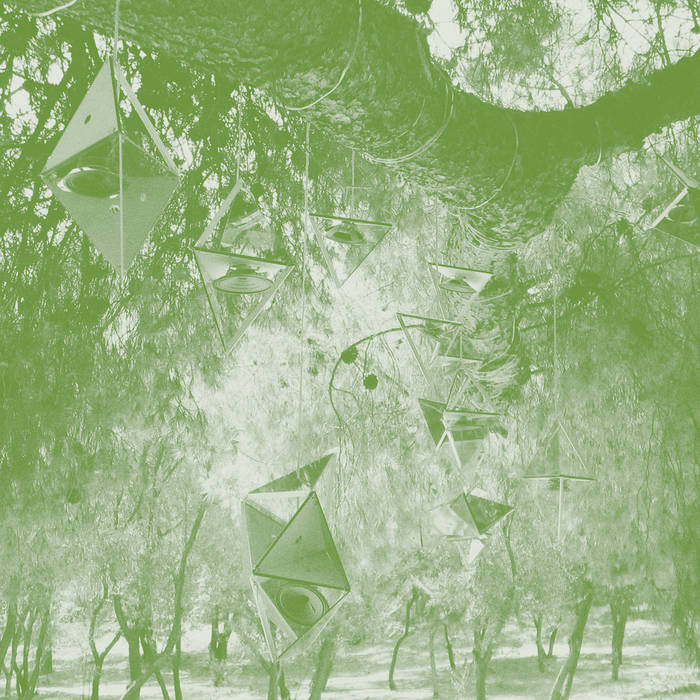 I am thrilled that Room40 is digging up and reissuing some woefully underheard gems from Steve Roden these days, as a hell of a lot of fascinating work passed me by in the pre-Bandcamp days of hyper-limited physical releases. Stars of Ice (due for a reissue in February) was especially revelatory for me, but this more modest initial dispatch from Roden's vaults is quite a treat as well. As far as I know, Oionos has not been released previously, yet it dates from a 2006 exhibition in Athens, Greece entitled The Grand Promenade. The premise of the exhibition was to create a "dialogue" between "contemporary site-specific works" and "various archaeological and historical sites in central Athens," but Roden fell in love with the Church of St. Dimitris Loumbardiardis (not among the planned sites) and managed to talk the curator into allowing an exception. Notably, the architect behind the church was the same man (Dimitris Pikionis) who designed the original promenade, so Roden's selection was a thoughtful and inspired decision, as he felt the path leading to the church provided a "stronger impression of Pikionis's vision" than the actual promenade (unlike the main promenade, the path to the church escaped being ‘restored’ in preparation for the 2004 Olympics).
I am thrilled that Room40 is digging up and reissuing some woefully underheard gems from Steve Roden these days, as a hell of a lot of fascinating work passed me by in the pre-Bandcamp days of hyper-limited physical releases. Stars of Ice (due for a reissue in February) was especially revelatory for me, but this more modest initial dispatch from Roden's vaults is quite a treat as well. As far as I know, Oionos has not been released previously, yet it dates from a 2006 exhibition in Athens, Greece entitled The Grand Promenade. The premise of the exhibition was to create a "dialogue" between "contemporary site-specific works" and "various archaeological and historical sites in central Athens," but Roden fell in love with the Church of St. Dimitris Loumbardiardis (not among the planned sites) and managed to talk the curator into allowing an exception. Notably, the architect behind the church was the same man (Dimitris Pikionis) who designed the original promenade, so Roden's selection was a thoughtful and inspired decision, as he felt the path leading to the church provided a "stronger impression of Pikionis's vision" than the actual promenade (unlike the main promenade, the path to the church escaped being ‘restored’ in preparation for the 2004 Olympics).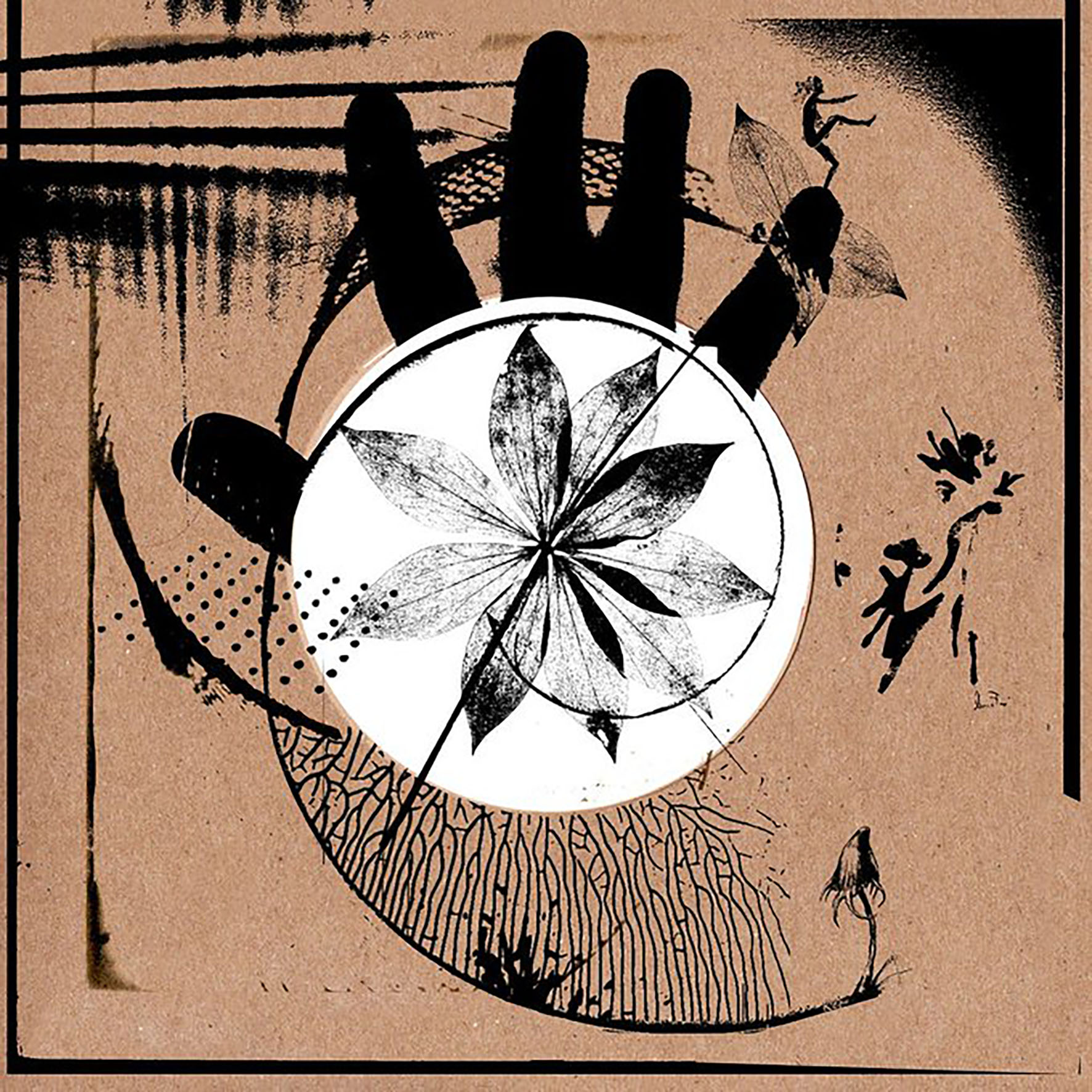 There are a number of fascinating small labels exploring unusual niches these days, which I suppose makes the current era something of a golden age for curious outsiders with deeply arcane interests. My favorite imprint in that vein is unsurprisingly the "open-ended research project exploring the vernacular arcana of Great Britain and beyond" that is Folklore Tapes, as their major releases exist on a plane all their own, elegantly and entertainingly blurring the lines between art, history, folklore, scholarship, music, poetry, visual art and whatever other compelling threads catch their fancy. This latest opus is characteristically another glorious cultural artifact, which is hardly surprising given the fertile nature of the subject. Nevertheless, the label have still outdone themselves, as Swifter than the Moon's Sphere celebrates the hidden history of fairy folk with an eclectic array of fairy-inspired spoken word pieces and sound art, as well as a deep and endearingly witty scholarly dive into fairy class structure and how shifting views of the supernatural mirror our society. In fact, this is one of the rare albums in which the liner notes (courtesy of Jez Winship) are every bit as compelling as the actual music ("there is something oddly impotent about the fairy aristocracy"). Beyond that, Swifter than the Moon's Sphere is a welcome return to familiar territory for the label, bringing together an inspired host of known, unknown, obscure, and enigmatic artists for a freewheeling tour de force of supernaturally charged and backwards-looking folk horror and rural psychedelia.
There are a number of fascinating small labels exploring unusual niches these days, which I suppose makes the current era something of a golden age for curious outsiders with deeply arcane interests. My favorite imprint in that vein is unsurprisingly the "open-ended research project exploring the vernacular arcana of Great Britain and beyond" that is Folklore Tapes, as their major releases exist on a plane all their own, elegantly and entertainingly blurring the lines between art, history, folklore, scholarship, music, poetry, visual art and whatever other compelling threads catch their fancy. This latest opus is characteristically another glorious cultural artifact, which is hardly surprising given the fertile nature of the subject. Nevertheless, the label have still outdone themselves, as Swifter than the Moon's Sphere celebrates the hidden history of fairy folk with an eclectic array of fairy-inspired spoken word pieces and sound art, as well as a deep and endearingly witty scholarly dive into fairy class structure and how shifting views of the supernatural mirror our society. In fact, this is one of the rare albums in which the liner notes (courtesy of Jez Winship) are every bit as compelling as the actual music ("there is something oddly impotent about the fairy aristocracy"). Beyond that, Swifter than the Moon's Sphere is a welcome return to familiar territory for the label, bringing together an inspired host of known, unknown, obscure, and enigmatic artists for a freewheeling tour de force of supernaturally charged and backwards-looking folk horror and rural psychedelia.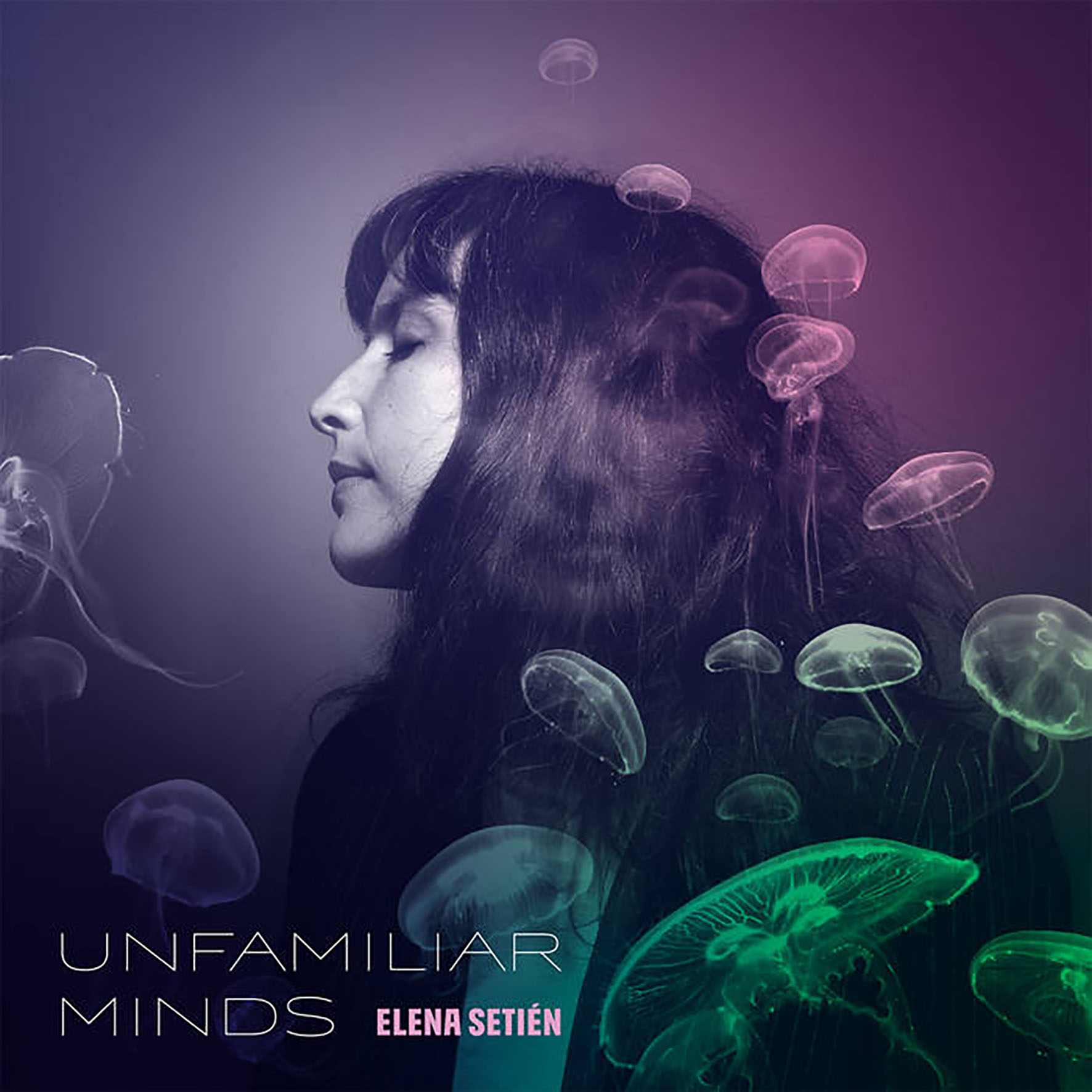 Basque composer Elena Setién’s second album for Thrill Jockey is quite an unexpected leap forward from the more pop-minded Another Kind Of Revolution. While Setién's love of strong melodies and big hooks still remains mostly intact, Unfamilar Minds beautifully balances them with a host of more adventurous and psych-inspired touches, resulting in at least a half of a strikingly brilliant and unique album. The other half admittedly does not suffer from a lack of likable melodies or tight songcraft, yet Setién's work definitely needs a splash of darker, stranger sounds to curdle the wholesomeness of her more straightforward "pop" tendencies. It is an improbable and unusual mingling of stylistic threads evoking a revolving cast of seductive female vocalists getting remixed by a gnarled heavy psych project, yet Setién somehow makes it feel totally organic, natural, and all her own. Also, her throaty purr makes that unholy collision feel way more sensual and soulful than I would have expected. While it would admittedly be nice if I enjoyed the album's second half as much as the more warped and hallucinatory first half, that first half nevertheless feels enough like a revelation to make Unfamiliar Minds feel like some kind of minor masterpiece.
Basque composer Elena Setién’s second album for Thrill Jockey is quite an unexpected leap forward from the more pop-minded Another Kind Of Revolution. While Setién's love of strong melodies and big hooks still remains mostly intact, Unfamilar Minds beautifully balances them with a host of more adventurous and psych-inspired touches, resulting in at least a half of a strikingly brilliant and unique album. The other half admittedly does not suffer from a lack of likable melodies or tight songcraft, yet Setién's work definitely needs a splash of darker, stranger sounds to curdle the wholesomeness of her more straightforward "pop" tendencies. It is an improbable and unusual mingling of stylistic threads evoking a revolving cast of seductive female vocalists getting remixed by a gnarled heavy psych project, yet Setién somehow makes it feel totally organic, natural, and all her own. Also, her throaty purr makes that unholy collision feel way more sensual and soulful than I would have expected. While it would admittedly be nice if I enjoyed the album's second half as much as the more warped and hallucinatory first half, that first half nevertheless feels enough like a revelation to make Unfamiliar Minds feel like some kind of minor masterpiece.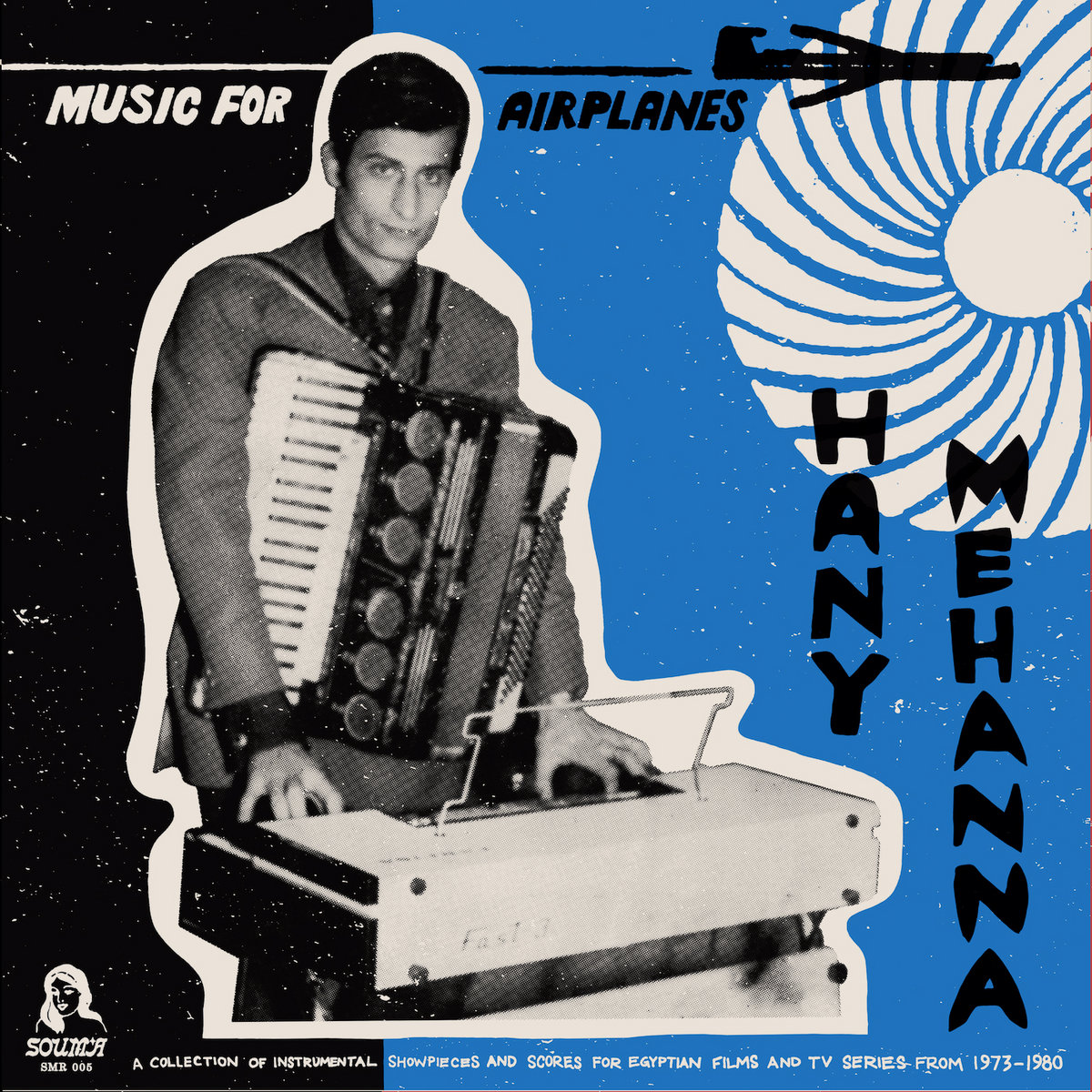 Hany Mehanna is a key figure in the development of keyboards in Asian music. As a young man he played accordion, organ, and synth in the orchestra of legendary singer Umm Kulthum and—along with Ammar Al-Sheriyi—learned to create quarter tones by using oscillators. In a later prolific period composing music for 93 films and 38 television series, Mehanna forged his own distinctive sound: a balance of traditional Arabic melody types or maqams and hypnotic experimental electronics. Remastered from his personal reel-to-reel tapes, this album showcases that balance on 19 otherworldly tracks. I like the fact I can never predict what any piece will sound like based on how it starts, even on very short tracks. Mehanna’s only other solo album, The Miracle Of The Seven Dances, was reissued in 2018 after being rediscovered in a record shop in Casablanca.
Hany Mehanna is a key figure in the development of keyboards in Asian music. As a young man he played accordion, organ, and synth in the orchestra of legendary singer Umm Kulthum and—along with Ammar Al-Sheriyi—learned to create quarter tones by using oscillators. In a later prolific period composing music for 93 films and 38 television series, Mehanna forged his own distinctive sound: a balance of traditional Arabic melody types or maqams and hypnotic experimental electronics. Remastered from his personal reel-to-reel tapes, this album showcases that balance on 19 otherworldly tracks. I like the fact I can never predict what any piece will sound like based on how it starts, even on very short tracks. Mehanna’s only other solo album, The Miracle Of The Seven Dances, was reissued in 2018 after being rediscovered in a record shop in Casablanca.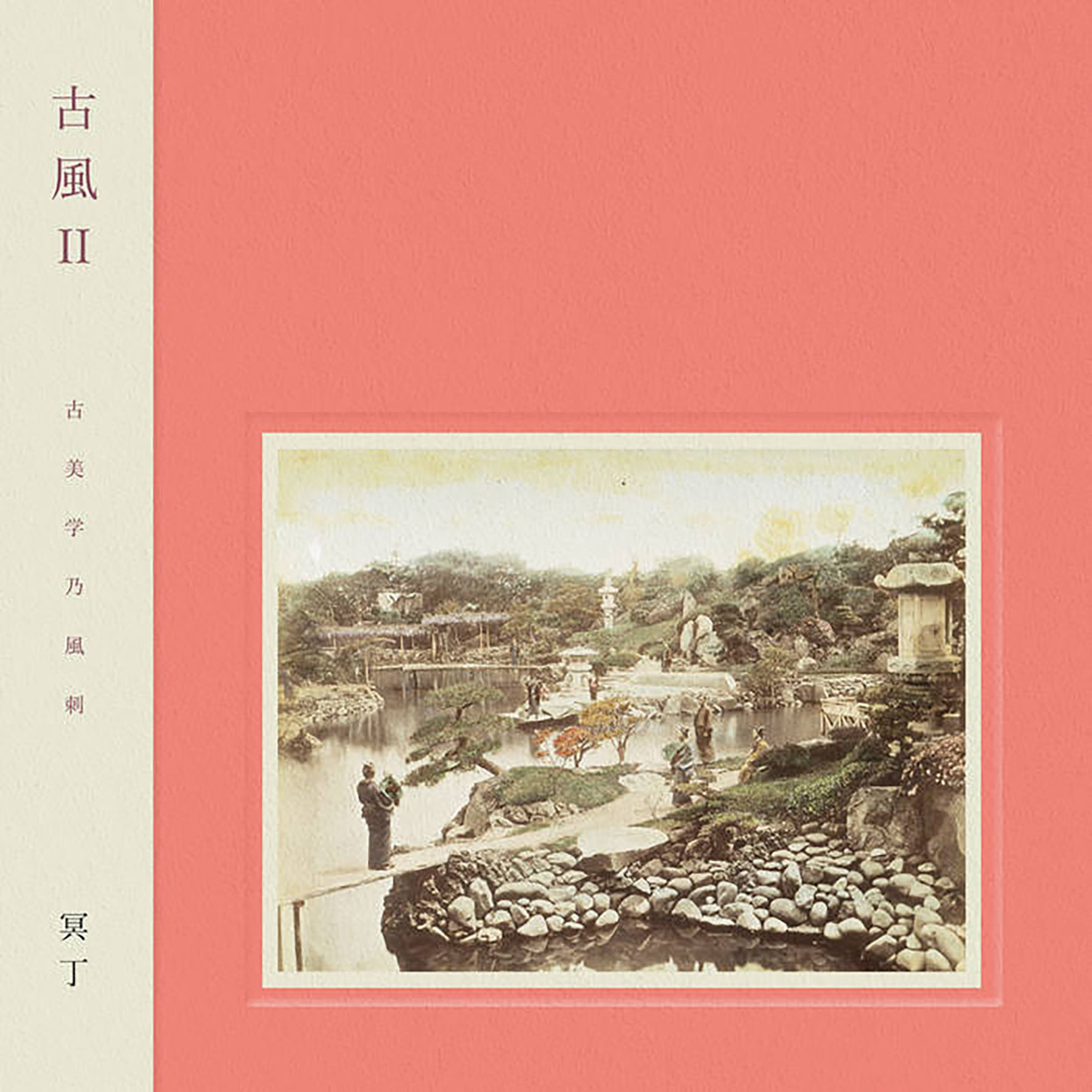 Meitei’s plunderphonic exploration of “lost Japanese moods” has been an intriguing and unusual project right from the start, but it started to blossom into something truly great with 2019's Komachi and only got better with the beat-driven breakthrough of 2020's Kofū. As it turns out, that creative leap forward was also quite an intensely prolific period and a lot of tough cuts needed to made to distill the resultant mountain of songs into a single album. As I loved Kofū, I have no qualms at all with Meitei's ruthless culling choices for that album, but it did leave a lot of finished and semi-finished pieces on the cutting room floor (somewhere around 50, in fact) and many definitely deserved a far better fate. Meitei's original plan was to just keep moving forward with new material in the wake of Kofū's success, yet "when it came time to begin his next album, he found that it had been sitting in front of him all along" and "realized his work wasn’t over yet." In that regard, Meitei's judgment proves to be unerring once again, as this selection of Songs That Did Not Make The Original Cut is every bit as poignant, wonderful, and deliriously fun as its predecessor.
Meitei’s plunderphonic exploration of “lost Japanese moods” has been an intriguing and unusual project right from the start, but it started to blossom into something truly great with 2019's Komachi and only got better with the beat-driven breakthrough of 2020's Kofū. As it turns out, that creative leap forward was also quite an intensely prolific period and a lot of tough cuts needed to made to distill the resultant mountain of songs into a single album. As I loved Kofū, I have no qualms at all with Meitei's ruthless culling choices for that album, but it did leave a lot of finished and semi-finished pieces on the cutting room floor (somewhere around 50, in fact) and many definitely deserved a far better fate. Meitei's original plan was to just keep moving forward with new material in the wake of Kofū's success, yet "when it came time to begin his next album, he found that it had been sitting in front of him all along" and "realized his work wasn’t over yet." In that regard, Meitei's judgment proves to be unerring once again, as this selection of Songs That Did Not Make The Original Cut is every bit as poignant, wonderful, and deliriously fun as its predecessor.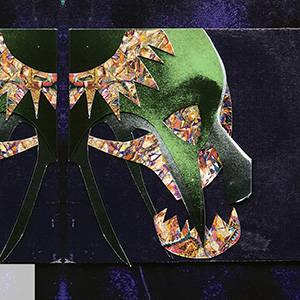 With two different releases in 2021, Jim Campbell (as Rrill Bell) follows up 2020's Ballad of the External Life going in two very different thematic directions. A cassette, False Flag Rapture, is a personal, intimate work based around a recording of his grandmother, while the digital (available with printed material as well) Blade’s Return is a narrative tale about a saw (I am not sure if it is truly meant to be anthropomorphic or not). Both feel rather different from each other, but both also feature the heavy tape manipulations of Campbell, reducing instrument recordings to raw material that he shapes into entirely different and unique forms.
With two different releases in 2021, Jim Campbell (as Rrill Bell) follows up 2020's Ballad of the External Life going in two very different thematic directions. A cassette, False Flag Rapture, is a personal, intimate work based around a recording of his grandmother, while the digital (available with printed material as well) Blade’s Return is a narrative tale about a saw (I am not sure if it is truly meant to be anthropomorphic or not). Both feel rather different from each other, but both also feature the heavy tape manipulations of Campbell, reducing instrument recordings to raw material that he shapes into entirely different and unique forms. With apologies to Laurie Speigel after whose album the label takes its name (and Sylvia Tarozzi), it must be said that solo piano is at the core of Unseen Worlds. Their standards are high, as evidenced by recent releases such as James Rushford's Musicá Collada/See The Welter and "Blue" Gene Tyranny’s Detours. Human Remains is Robert Haigh’s third (and best) release for the label. His composition and playing superbly balance immediacy and detachment. This balance places a subtle disguise or mystery over these compositions. I detect a similarity with the approach of Werner Herzog in many of whose films the audience is allowed to feel and react without heavy-handed close ups.
With apologies to Laurie Speigel after whose album the label takes its name (and Sylvia Tarozzi), it must be said that solo piano is at the core of Unseen Worlds. Their standards are high, as evidenced by recent releases such as James Rushford's Musicá Collada/See The Welter and "Blue" Gene Tyranny’s Detours. Human Remains is Robert Haigh’s third (and best) release for the label. His composition and playing superbly balance immediacy and detachment. This balance places a subtle disguise or mystery over these compositions. I detect a similarity with the approach of Werner Herzog in many of whose films the audience is allowed to feel and react without heavy-handed close ups.